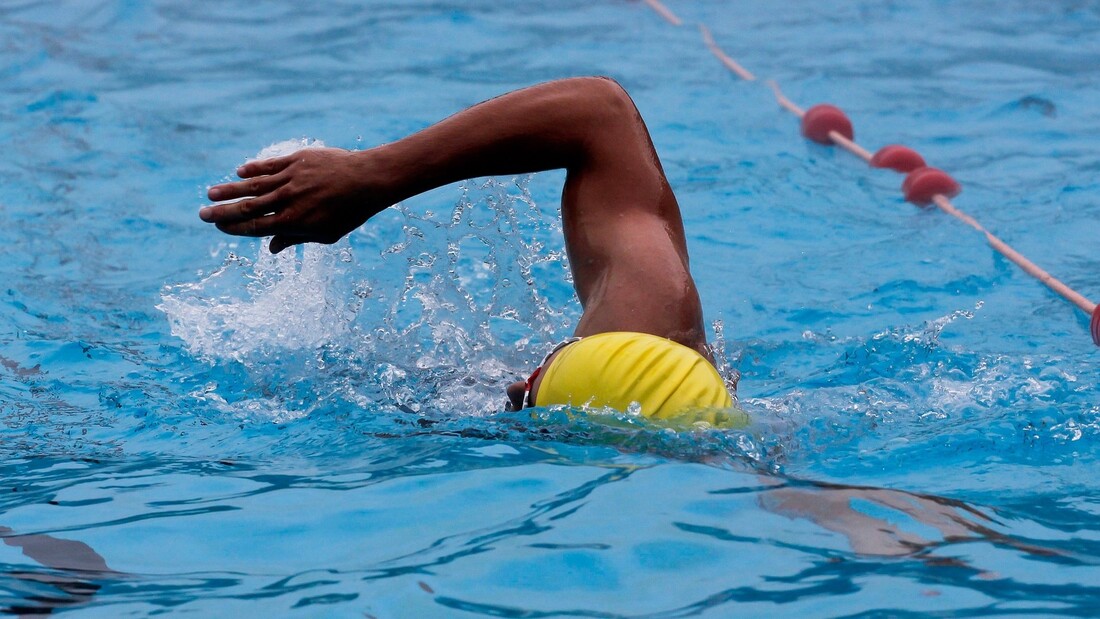|
In the world of swimming, front crawl is the most commonly practiced and fastest swimming stroke. It requires a combination of technique, strength, and efficient breathing to excel in this stroke. While unilateral breathing (breathing to one side only) is the traditional approach for many swimmers, bilateral breathing (alternating breathing to both sides) has gained popularity due to its numerous benefits. So let's dive in. Technique of Bilateral Breathing Bilateral breathing involves alternating your breathing pattern from one side to the other during front crawl swimming. The key is to establish a rhythmic pattern where you consistently breathe on both sides. Here is a step-by-step guide to performing bilateral breathing:
Examples of Bilateral Breathing: Bilateral breathing can be practiced at various paces and distances to improve your comfort level and efficiency. Here are a few examples of incorporating bilateral breathing into your front crawl swimming:
Benefits of Bilateral Breathing:
Mastering the timing of your breathing in bilateral frontcrawl Timing inhalation and exhalation correctly is crucial for effective bilateral breathing in swimming. By coordinating the breath with the stroke and body rotation, swimmers can optimize their technique and maximize efficiency in the water. It's important to maintain a smooth and continuous stroke while breathing, avoiding any disruptions to the rhythm. The exhalation should occur underwater as the opposite arm begins the pulling motion, ensuring a seamless transition between breaths. By mastering the timing of breathing, swimmers can maintain their momentum and efficiency throughout the stroke cycle (without any pauses or interruption to the stroke or the breathing pattern). Here are some key considerations and techniques for timing inhalation and exhalation during bilateral swimming:
Practice and Feedback: Improving the timing of inhalation and exhalation in bilateral breathing requires practice and feedback. Work with your Strictly Swimming London coach or a knowledgeable swimming partner who can observe your technique and provide guidance. We can offer insights during your lessons on your stroke timing, body rotation, and breath coordination, helping you make necessary adjustments to achieve optimal timing. Regular practice and lessons will refine your bilateral breathing skills and improve your overall swimming performance. Remember that finding the right timing may require some experimentation and adjustment. Each swimmer has unique characteristics, so it's essential to focus on what works best for you. With practice and attention to timing, you can refine your bilateral breathing technique and experience the benefits of enhanced efficiency, improved oxygen intake, and better overall performance in the water. If you would like to master this technique, please contact Strictly Swimming London and we will tailor your lessons and develop bilateral breathing for you. |
AUTHORPaul started competing in swimming from the age of 8 and eventually went on to represent his country all over the world. During his time at University, Paul specialised in Aquatics and the Biomechanics of Swimming and produced numerous theses on swimming performance. TOPICS
All
ARCHIVES
June 2024
|
Let's connect!
Copyright © 2024 Strictly Swimming


